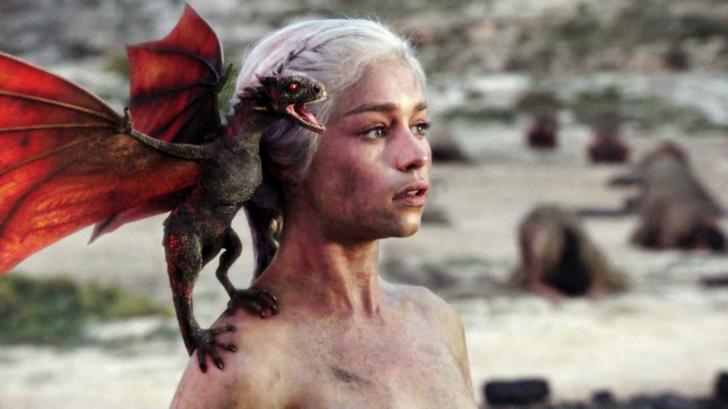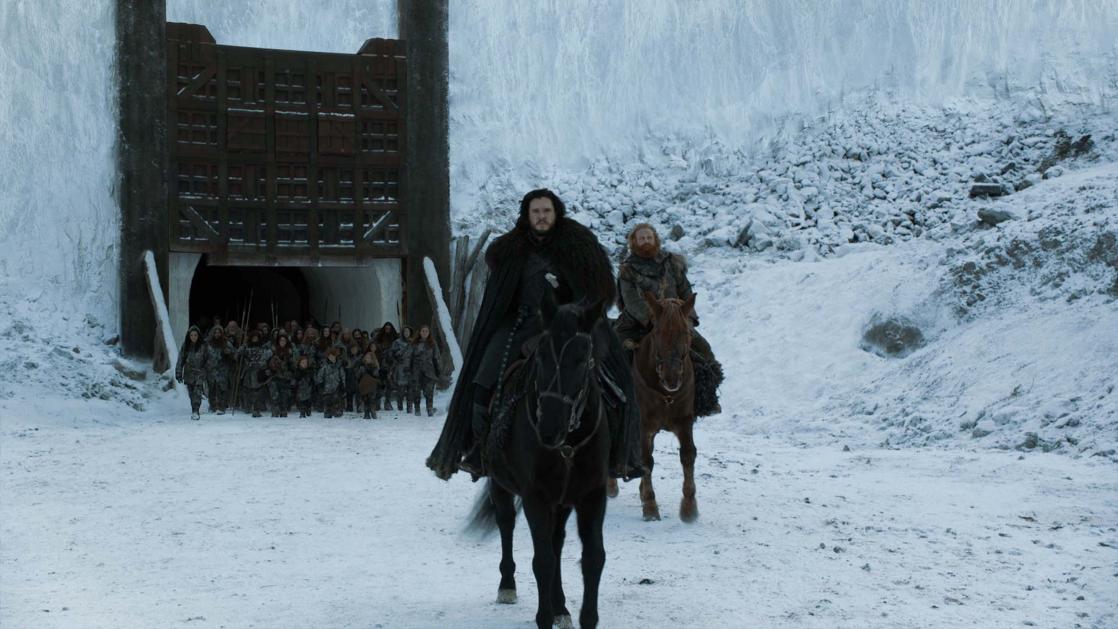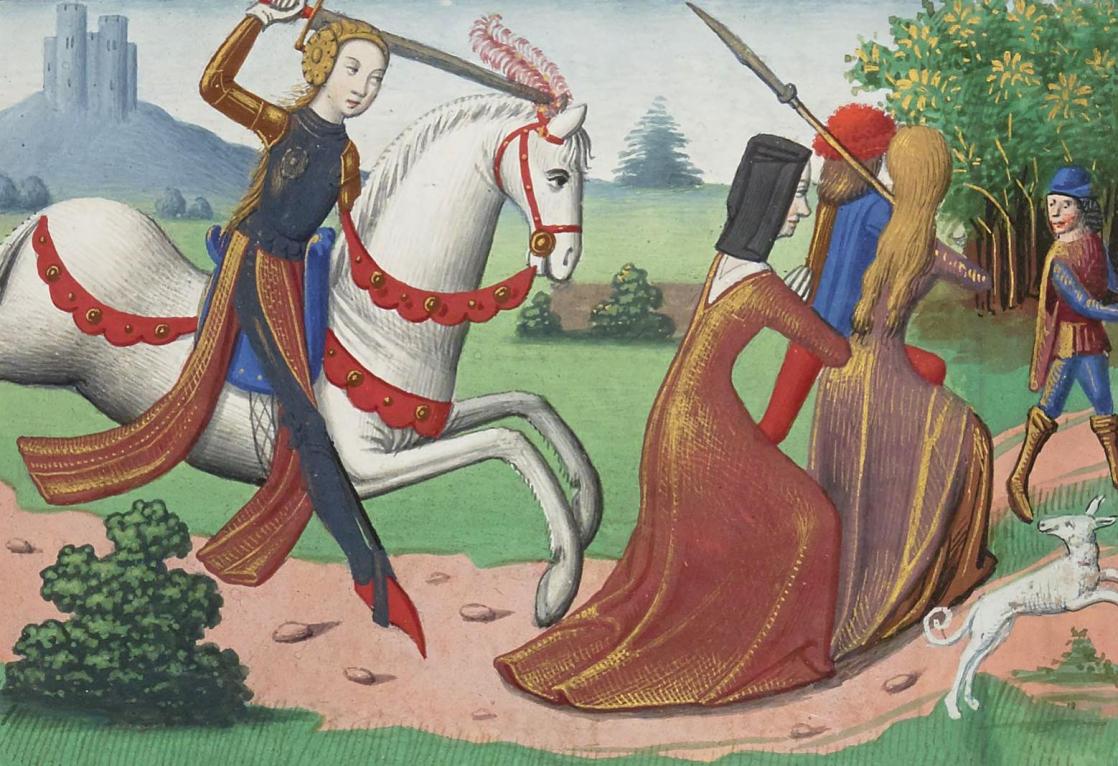Game of Thrones: A Long Struggle for Power
Adapted from books by George R. R. Martin, Game of Thrones was a record-breaking success with television audiences. Emblematic of fantasy, the series incorporates myriad cultural and historic references.
An Epic Series
Game of Thrones, created by David Benioff and D.B. Weiss, was based on George R.R. Martin’s epic-fantasy saga A Song of Ice and Fire. Shown on HBO in America from 2011 to 2019, the medieval fantasy series quickly caught on around the world, attracting record-breaking audiences both when it aired live and via streaming. The 73 episodes spread over eight seasons wove epic battles and traditional figures of fantasy – kings, princesses, dragons and witches – into a complex historical saga.
Game of Thrones describes a long struggle for power between noble families while a threat looms over their kingdoms, an external enemy that destroys everything in its path: the White Walkers. The series takes place on two continents, Westeros to the west, and Essos to the east. Their geographical variety is highlighted in the opening sequence, an aerial exploration of an animated map. The plot also takes a long-term approach: a basic grasp of the history of the seven kingdoms is required if you really want to understand what’s at stake in the dramatic battle scenes.
A Literary Legacy Revisited
The series is inspired by other historical-fiction sagas, including Maurice Druon’s Accursed Kings (1955-1977), and reprises that saga’s weighty structure – fueled by alliances and frequent betrayals – of families feuding over a monarchy. Some characters – like the manipulative Petyr Baelish, who can withstand a comparison to Iago – seem Shakespearean. Others are more reminiscent of figures of legend, like King Arthur, whom the heroic Jon Snow resembles. The show’s protagonists sometimes seem familiar, because they draw on a culture that is rooted in the west’s collective imagination.
The plot involves typical fantasy tropes: sword-fighting knights, prophetic visions, confrontations with supernatural creatures, princesses in exile, and more. But Game of Thrones also renews the genre’s conventions, enabling surprising plot twists and characters who are often subtly drawn. Here knights sometimes betray their lords, warriors stand up to kings, princesses give birth to dragons, and heroes die. There are so many characters that a great many of them – even leading ones – can get killed off. They are all sorely tried and gradually choose what they will make of themselves, turning Game of Thrones into a human tableau in constant evolution.
While the series has both feet firmly planted in epic fantasy, it still seeks to distinguish itself from the classics of the genre, and particularly from J.R.R. Tolkien’s Lord of the Rings (1954-1955), which it aims to be a counterexample to. While Middle-earth belongs more to high fantasy – a sub-genre that emphasizes the hero in a group that fights the forces of evil, Game of Thrones corresponds to dark fantasy, which is defined by a violent atmosphere, a frightening or even apocalyptic world, and, frequently, by characters with complex personalities. The series brings a pessimistic gaze to bear on society, politics and human beings, who are shown as profoundly fallible and corrupt. George R.R. Martin even favors the term “grimdark fantasy,” which implies a brutal medieval setting that is meant to evoke historical reality.
Multiple Historical Roots
Both the author of the novels and the creators of the television series highlight Game of Thrones’ many historical inspirations. Valiant Brienne of Tarth, a fairly classic fantasy figure of a female warrior, for example, has much in common with the French heroine Joan of Arc. The War of the Five Kings directly evokes England’s Wars of the Roses (1455-1485): the historical Houses of Lancaster and York are thinly veiled as Lannister and Stark. The feudal society portrayed in the show, as well as some characters and episodes, most often evoke fourteenth- and fifteenth-century Europe. But Game of Thrones also borrows from a wide range of time periods and cultures: the Targaryen family mirrors Egyptian pharaohs; the pit fighters in the arenas, Roman gladiators; the nomadic warriors of Essos, Gengis Khan’s Mongols, and more.
The world of Game of Thrones is not a historically accurate one. Instead it could be described as a fantasy of blood, sweat and tears, creating an illusion of realism thanks to its historical, literary and cultural borrowings.


